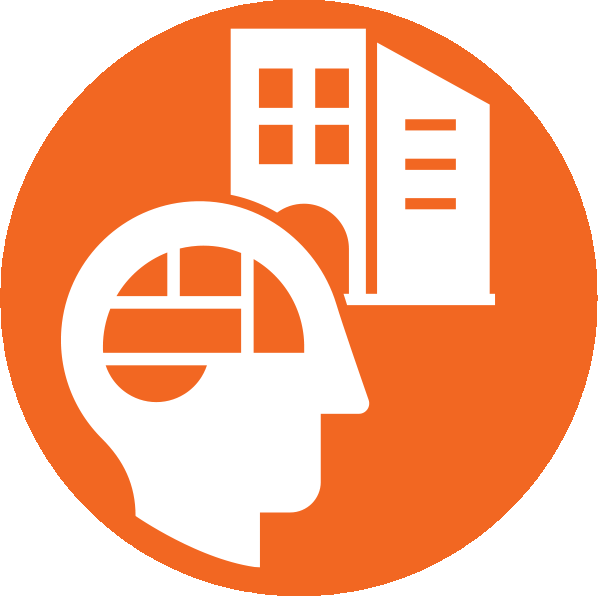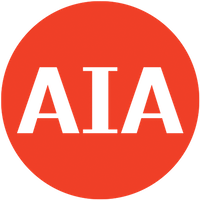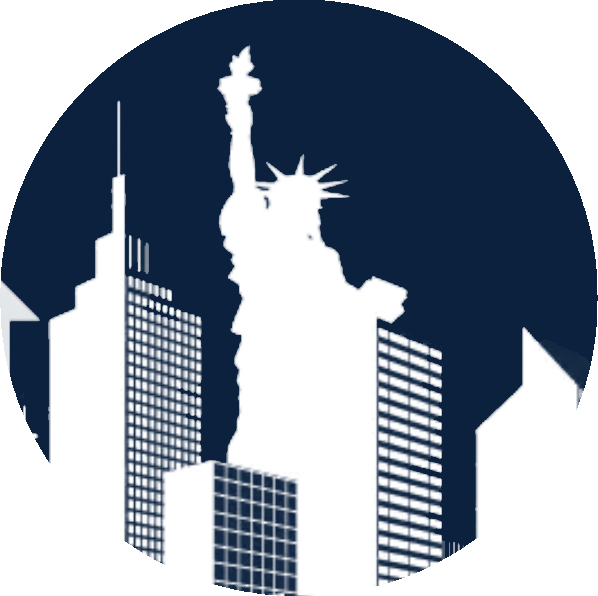If you didn’t have to work, would you?
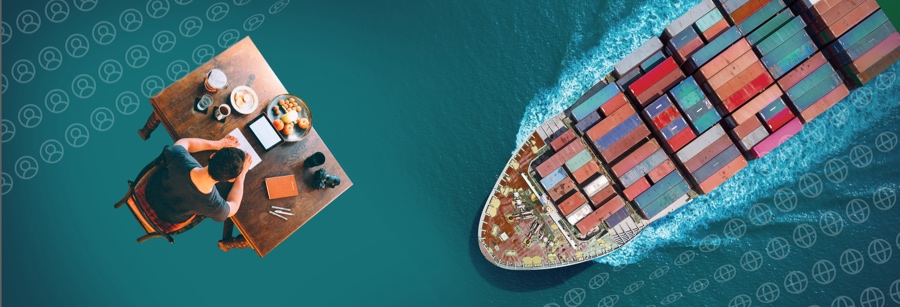
The great (work and place) rethink
At this crossroads of the Purpose Economy and the Great Resignation, as the pandemic-fueled workplace moves towards sustainability and balance, as boardroom conversations focus on which coffee flavors and carpet colors will encourage people to return to the office, we ask ourselves – and you! – if we didn’t have to work, what would we be doing? Intrigued? Scroll to On Our Minds for more.
On our minds
In January of 2020, COVID was present in the US, we just didn’t know it. What most of us did know, however, was that attitudes and expectations around work weren’t actually working. While a small percentage of Americans prospered, many more were burnt-out, with miserable commutes, unsustainable schedules and daunting expenses. While the Zoomers were just joining the rat race and still buoyed by the novelty of a 9-5 (or 8-7!) job, many Boomers and X-ers were too exhausted to spend time with friends, family, or hobbies.
The American work model was constructed decades ago, around an outdated system that assumed a single breadwinner per household, with a substantial enough salary and medical benefits to cover an entire family, and a pension that would deliver through (a lengthy) retirement. It assumed this breadwinner was male, able-bodied, and neurotypical. It was based on a lot of assumptions that have really never been true for much of the workforce, and are even less true in an era of gig-work, stagnant minimum wage, and high housing, childcare and education costs.
In March of 2020, all this busyness suddenly stopped (for those who are not frontline workers). There was a collective, horrified gasp, and a pause. But then we returned to the basics—focusing on keeping ourselves and our families safe, on making decisions entirely with that in mind. We began to breathe again. Companies started to piece things back together, and we all got back to work. “Back to work” looked different, though, and many of us found ourselves with three new hours of time in a day, since we were no longer commuting (and dressing) for the office. We thrived in this new luxury. We worked from parks and beaches. We had dinner with our families. We baked bread.
These three hours came at a steep price, however. We lost friends, family and colleagues—figuratively and for way too many, literally. We separated from our offices, our social rituals, our casual daily interactions, our post-work happy hours. We found new connections, but they came at the expense of previous connections.
Nearly every company went through a similar experience, and had it all ended in 2020, US work culture would likely have rebounded to status-quo. But the ensuing waves of COVID—Delta and Omicron—kept this impromptu experiment going. We perfected and discarded various remote and hybrid solutions, as we discovered what would and wouldn’t be sustainable.
Now each company and many employees are muddling through still uncharted territory, having more disparate experiences. Workers have clearly indicated that they don’t intend to return to “business as usual”—which means many urban workers refuse to return to downtown offices five (or more!) days a week. In lieu of returning, some workers are quitting. Others see remote work as a way to optimize personal productivity and compensation, (taking on two full-time remote jobs, unbeknownst to an employer).
As we enter a new year, it’s a good time to reflect on how saying no to something is always saying yes to something else. In not returning to the office, cities suddenly acquired millions of square feet of empty buildings that can be parlayed into a solution for another issue that has long plagued our urban areas—lack of affordable housing.
When COVID stressed our economic system, the weak spots cracked. Now we’re globally, locally, and individually rethinking everything from mutual aid to supply chain logistics, from single-family houses to working in major cities.
This giant “ah-ha” moment has allowed greater access to jobs beyond our geographic area and increased choices about how we structure our work and our lives. Some of us are “quiet quitting,” some of us are actually quitting, and some of us are avidly seeking a work/life balance that feels rewarding and sustainable, while remaining in our current positions. Wherever you are on that continuum, at the start of this new year, why not take some time to reflect on your values and how you can move closer towards them?
We recently wrote about the importance of networks to our professional and overall wellbeing. Data shows that when we have work friends, work is more engaging and enjoyable. In 2022, we also thought a lot about how routines minimize stress but ruts lead to boredom and complacency.
In the spirit of new year revelry, Studio Roosegaarde, a Dutch design group, has developed an interactive dance floor that generates enough electricity to power disco lights and a DJ booth as people dance. Why shouldn’t that same technology be used on floors in warehouses or busy office transit areas? When we have space to breathe—and to dance—we’re relaxed enough to dream, and to dream up solutions.
We all need to be part of establishing deeper ways to make coming to office enjoyable and purposeful, such as bringing together colleagues for a recognition event or bring-a-pet-to-work day. Stats show that most of us will change careers three or more times over our working life. But before quitting a job, maybe do some self-exploration that may introduce you to other career options. Take a cooking class. Join a local activist group. Attend a talk or conference focused on an area of interest. Even if these things don’t jump-start your new career, they’ll likely relieve stress and inspire new connections and confidence, which will boost well-being and help you succeed in your current career.
The interactive dance floor is a great metaphor for what we hope 2023 will be—a collaborative, innovative approach to sustainability that stretches our (collective and individual) imagination and helps us be the people we want to be “when we grow up,” without having to fully succumb to “being a grown-up.” In other words, we wish you a year of fun and adventure, professional and personal achievement, self-acceptance, supportive networks, and sustainable new frontiers!
From the archives
At the start of 2022, we were thinking about how to build relationships remotely and do hybrid work well. In January of 2021, as we all contemplated going back to work, we predicted an increase in residential amenities in the office and integrating overall work-life balance into policies and attitudes, rather than thinking of them as one-off pieces of a “benefits” package. When 2019 was “so fresh and so clean-clean” (thanks, Outkast!), we were encouraging office managers to use big and small data to create more efficient and enjoyable work experiences.
Whether you are welcoming the Year of the Rabbit today, or you wrapped up your holiday partying last month, we’ll leave you with this contemplative bit from ABBA:
Sometimes I see/ How the brave new world arrives
In Case You Missed It
In last month’s newsletter, we advocated for open conversation, even when two parties disagree. But some people aren’t so convinced that transparency is the way to go. For insight into “rage-applying” and other recent trends you may have missed, check out these links.

Need More to See, Read or Watch?
The staff at Harvard’s Joint Center for Housing Studies share what shows, books and podcasts made an impression in 2022.
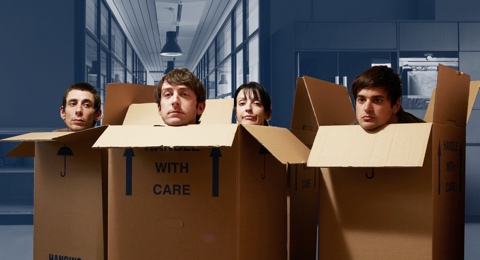
Who Calls the Shots? It’s Not Bosses
One thing we’ve all learned in the past few years–top talent wants flexibility, and if companies aren’t offering, employees will keep moving.

Is Rage Applying the New Quiet Quitting?
A Tik-Tok trend called “rage applying” urges employees to send out resumes, fueled by anger at being passed over for promotions or otherwise overlooked on the job.
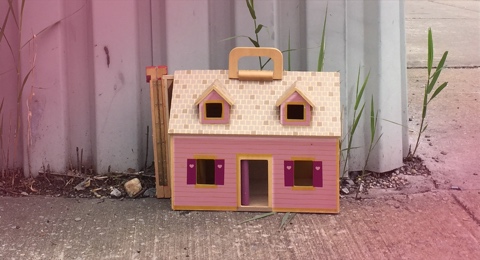
The American Dream has Changed, so has Barbie’s Dreamhouse
Feeling nostalgic? Check out this six-decade retrospective of Barbie dreamhouses. Recognize one from your own childhood?
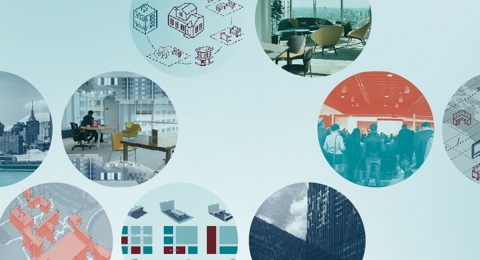
Happy 2023 to You, and Happy First Decade to Us!
This month PLASTARC celebrates 10-years of helping create happier, healthier workplaces, and we couldn’t have done it without our amazing clients and colleagues. Thank you all!
Looking Ahead
What’s happening in early 2023? Here are some NYC local events to pop on your radar.


